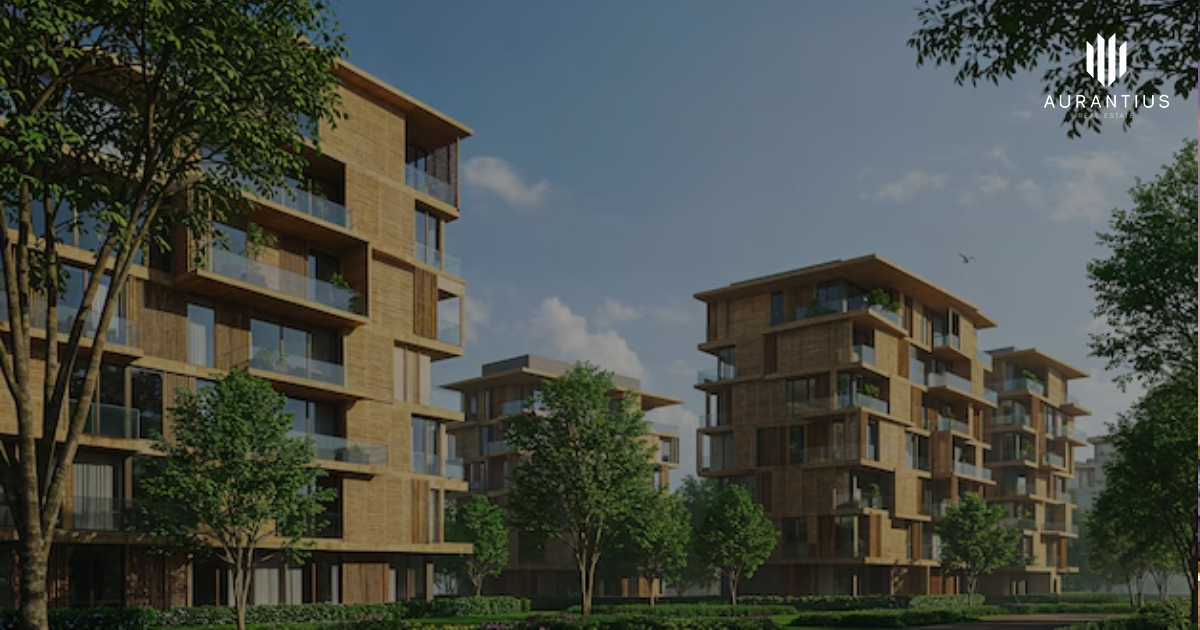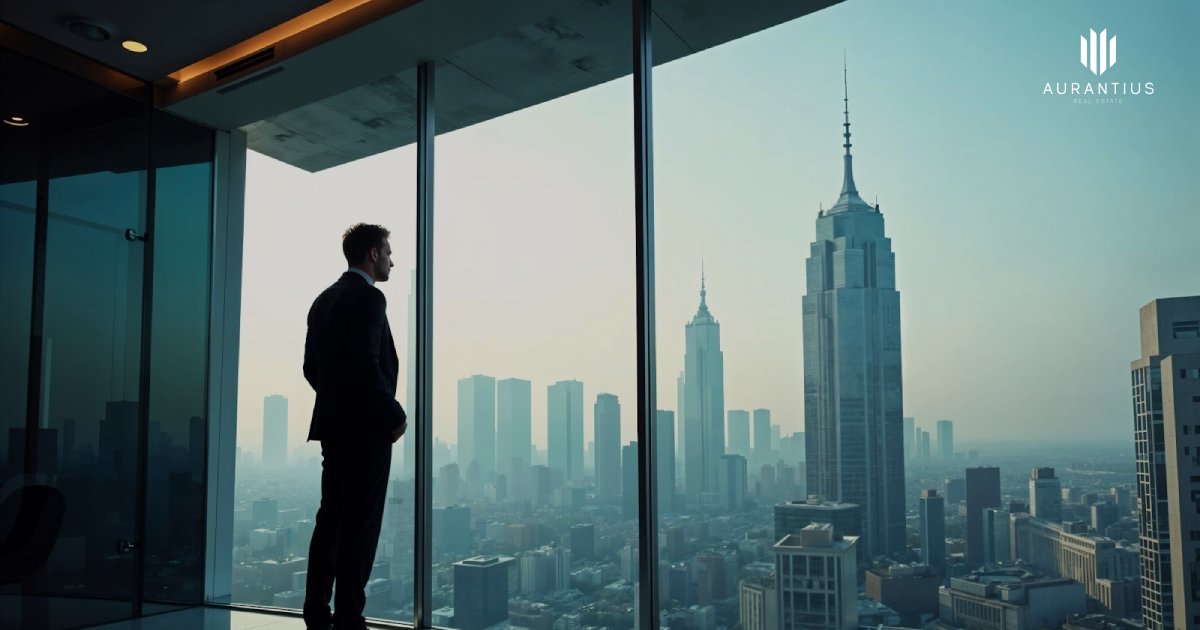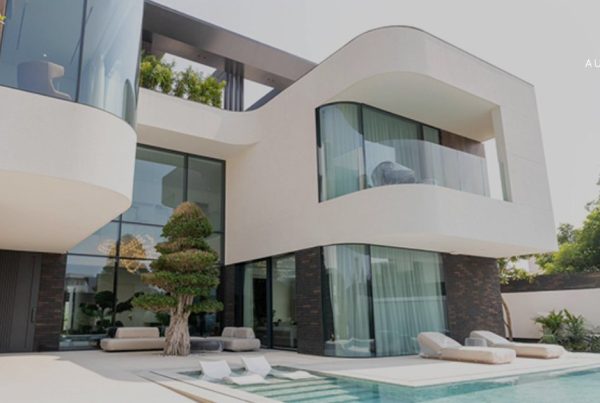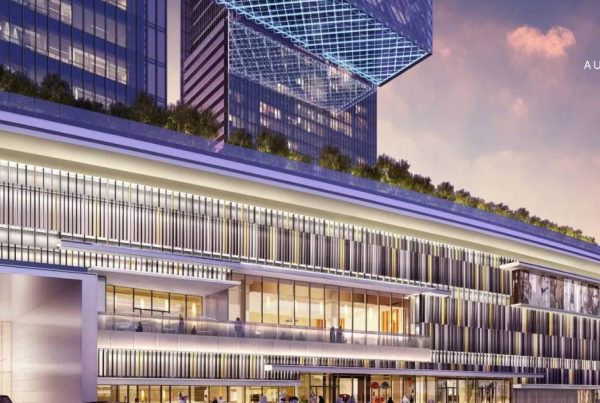Why are Dubai tenants rethinking their next move?
H1 2025 Rental Market Report reveals a maturing rental market in Dubai, where price stabilisation and evolving tenant behavior are reshaping demand. For years, Dubai was seen as a transient city where renting dominated, but 2025 presents a new reality. Tenants are weighing ownership more seriously, as rental and sales dynamics push residents to reconsider long-term housing strategies.
Prime destinations such as Downtown Dubai, Dubai Marina, and Palm Jumeirah have experienced moderated rent growth, offering tenants greater room for negotiation. Meanwhile, emerging districts like Dubai South, Dubailand, and Al Warsan are capturing attention for their affordability, connectivity, and family-oriented amenities.

A maturing rental ecosystem
The report shows rental increases across all categories, though at a slower pace compared to 2024’s sharp hikes. Affordable properties saw rental growth of up to 9%, mid-range between 1% and 6%, while luxury units surged as much as 21%. By contrast, 2024 had witnessed jumps exceeding 50%. This moderation signals stability rather than falling demand, reflecting Dubai’s vision for a balanced and sustainable property market.
Suburban developments and increased property handovers have widened tenant options. Affordable hubs such as Al Nahda, Bur Dubai, and International City remain highly active. In the mid-tier range, Jumeirah Village Circle (JVC), Business Bay, and Al Barsha continue to appeal due to proximity to business districts and lifestyle infrastructure.
Shifting from renting to ownership
Bayut’s findings show certain villa and apartment categories witnessing minor rental drops of 1%–13%, while sale prices for comparable properties increased by 2%–8% in H1 2025. For instance, luxury four-bedroom villas saw rental reductions of up to 9%, but their sales values climbed, highlighting a trend of long-term tenants transitioning to ownership.
This shift is encouraged by the Dubai Land Department’s First-time Homeowner Initiative, which reduces registration fees and simplifies mortgage processes. Verified listings on regulated platforms further empower residents to make informed purchase decisions. For many renters, especially those who have lived in Dubai for years, owning a home is becoming more practical and appealing.
Renter priorities and landlord strategies
The report also notes rising demand for rental units that integrate amenities such as co-working spaces, gyms, and pet-friendly facilities. Communities developed by leading names like DAMAC, Emaar, Nakheel, and Sobha Realty are at the forefront of addressing these needs. For landlords, flexible leasing models, semi-furnished homes, and eco-conscious upgrades will play a crucial role in tenant retention.
New developments in strategic locations, particularly those near upcoming metro lines and key transport corridors, are commanding stronger demand than older stock. Unless upgraded or competitively priced, older properties in established areas may see declining rental interest.
Future outlook
With more than 81,000 new units expected for delivery in 2025, the rental landscape will continue to evolve. The balance between supply and demand, alongside growing cultural acceptance of ownership, suggests that Dubai’s rental market is entering a more stable, transparent, and choice-driven era.
Ultimately, renting in Dubai is no longer just a short-term option—it coexists with an increasingly attractive ownership culture. For property seekers, this means more control, clarity, and flexibility. For investors and landlords, it emphasizes the importance of adapting strategies to a sophisticated and data-driven market.
Explore Dubai’s top investment communities and developer-led projects with Aurantius Real Estate, your trusted partner for navigating this evolving property market.










